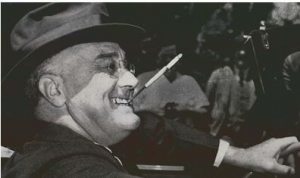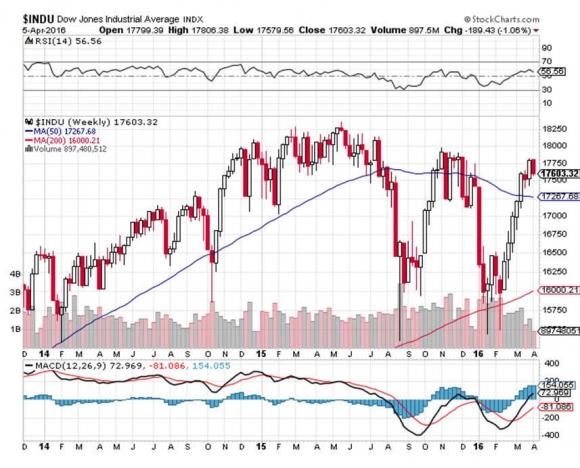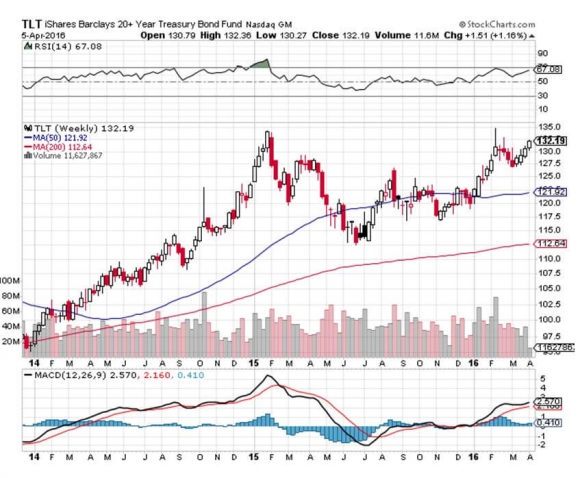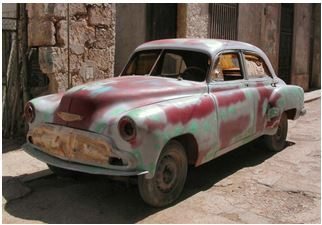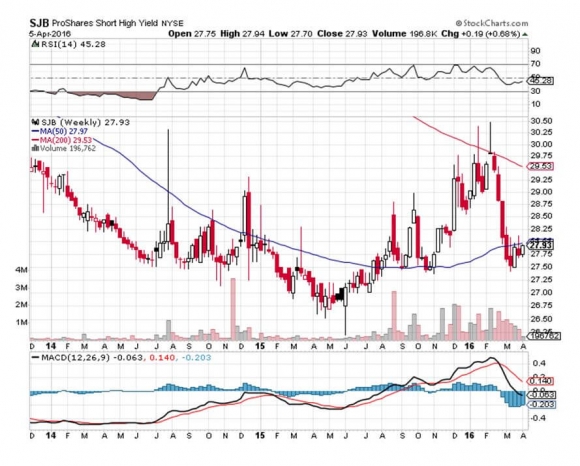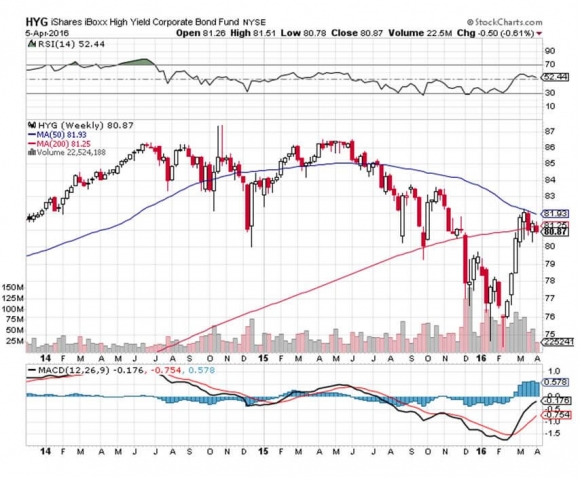Every Global Strategy Luncheon was a real blast. It?s as if the dozen smartest people in each city got together to exchange notes and jokes. They then formed their own local community of Mad Hedge Fund Trader followers.
I love doing these things.
Last year, my flight to Houston cost $600. This year it was $99. What a difference a year, and $50 in the price of oil, makes.
Not to be missed on the trip from the airport were giant storage yards filled with hundreds of pieces of rusting oil drilling equipment.
A big energy hedge fund manager told me that Schlumberger (SLB) just pulled all their people out of Venezuela because they haven?t been paid. Oil production there will go to zero, taking prices up to $70/barrel by yearend.
As for natural gas, its price is going to negative numbers.
The Tampa Marriott Waterside was jammed to the gills with two conferences, one for veterinarians, the other for the Florida girls? high school volleyball championships. So the lobby was constantly filled with hundreds of very tall teenage girls wearing tight shorts.
Water, water everywhere?.
Had lunch with Harry Dent, whose unmatched demographic research I have been following for decades. He agrees that in a NIRP world stocks could stagnate, moving sideways, within a tight 15% band. That would be slow death for we traders.
I spent my day off in Charleston, South Carolina, where the Civil War began with the Confederates firing on Fort Sumter in 1861.
It is a big wedding destination now, with young couples pouring in from all over the South to tie the knot. Saturday night on Market Street saw at least a dozen bachelor and hen parties going bar to bar and getting wasted, the women falling off their platform shoes.
I attended Sunday church services at the Mother Emanuel African Methodist Episcopal Church, where 15 people were gunned down last year.
They stopped me at the door for 20 minutes where they suspiciously checked me out. Then they invited me in and sat me down next to the only other white person there, a Jewish woman from New York.
The gospel singing was incredible, if not angelic. When I left, an usher thanked me for supporting their cause. Very moving.
Some 11 flights into this trip, and every seat was full, with airlines buying back seats for excess passengers. Where is the recession?
Miami turned into Manhattan South when I wasn?t looking. Prices for $20 million penthouses are said to be in free fall as the Russians and Chinese have pulled out because of greater disclosure rules and trade sanctions.
It was back to back meetings with my $10,000 a year Concierge Service clients all day. I didn?t even get out of the hotel. However, I did manage to meet up with an old pal though, a former Navy carrier F-18 pilot, and now a serious options trader.
I guess glide path and angle of approach easily translates into implied volatility and time decay.
Things have certainly changed in the Deep South.
When I first hitch hiked through here to join the civil rights movement, I got rides from guys driving to their local Klu Klux Klan meeting. They always invited me to come along.
I answered ?No, I?m going to another Klan meeting further down the road, but thanks anyway,? and they let me out.
Today, Atlanta has a black mayor with a white wife. Confederate flags abound in the countryside, but every one of these guys will tell you that some of their best friends are African American. The stars and bars are really more of a Declaration of Independence.
The South will rise again.
A lunch guest gave me a bottle of Glenmorangie scotch in thanks for his many profitable Trade Alerts. Another gave me a book describing his father?s participation in the CIA during the Cold War.
In my free one hour I managed to squeeze in visits to the Jimmy Carter Presidential Library, vaguely looking for a picture of myself, and the Coca Cola Museum.
The cherry blossoms were still blooming in Washington DC.
When I checked into the Army & Navy Club in Washington DC, the young clerk asked if I stayed there before. I replied, ?I stayed here once during the Civil War. Do they still have that painting of me leading a charge on the fourth floor??
Ran into a dozen visitors from the Saudi Air Ministry. Guess what that?s all about?
Nothing else to say about Washington DC but that Obama?s presidential helicopter, Marine One, is incredibly loud, but is the coolest metallic green color.
Back in Boston, and the clam chowder is to die for. I have read so much about the Revolutionary War history that it is fascinating to visit the actual locations at which these events took place.
Of course, most of the local population is clueless about their past, and I ended up explaining their history on multiple occasions.
In my free hour I visited the USS Constitution, or ?Old Ironsides,? the oldest ship in the US Navy. The 219-year-old vessel is in dry dock getting new masts and copper plating for its hull. It sank four British warships during the War of 1812.
 Looking for the Next Great Trade
Looking for the Next Great Trade
Then I shot over to Harvard Yard to practice my Mandarin. At the bookstore I picked up ?50 Essays That Got Accepted to Harvard? for my girls. It?s never too early to start.
Tiring of the TSA, I took Amtrak from Boston to New York. Rhode Island appears to be one big yacht harbor. They are just emerging from winter here, with the bare pale green shoots of leaves on the trees.
Nothing like arriving in the Big Apple by train, with the Empire State Building, the Chrysler Building, and Liberty Tower looming out of the evening mist.
To be continued?.

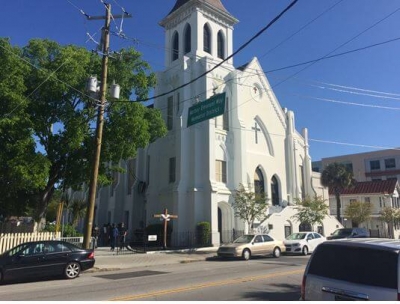

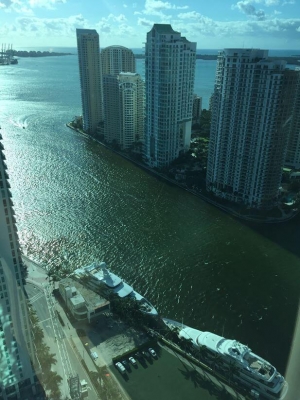
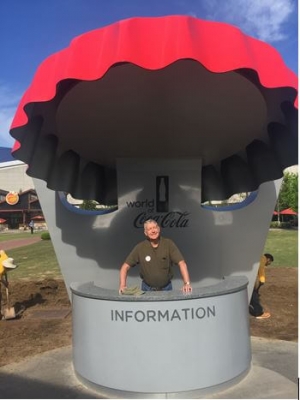

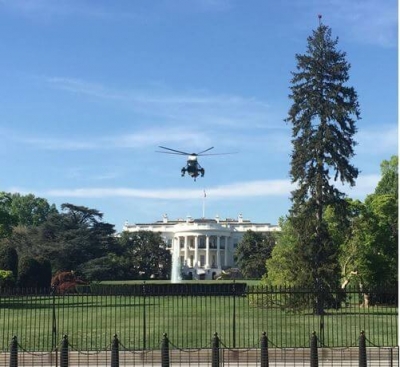
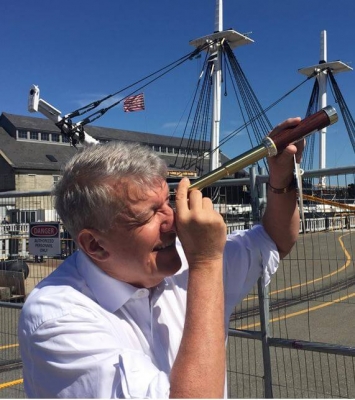 Looking for the Next Great Trade
Looking for the Next Great Trade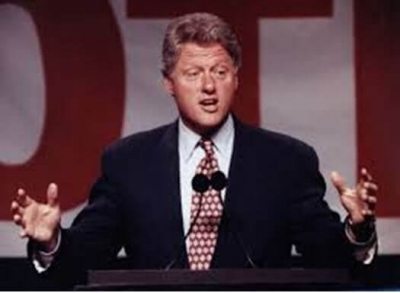
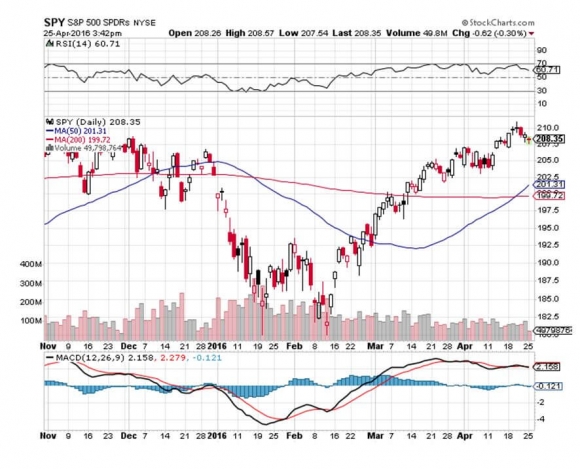
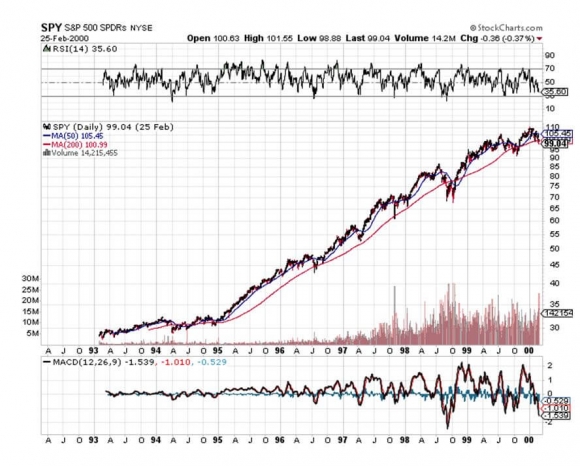
 Ready for a Repeat?
Ready for a Repeat? 